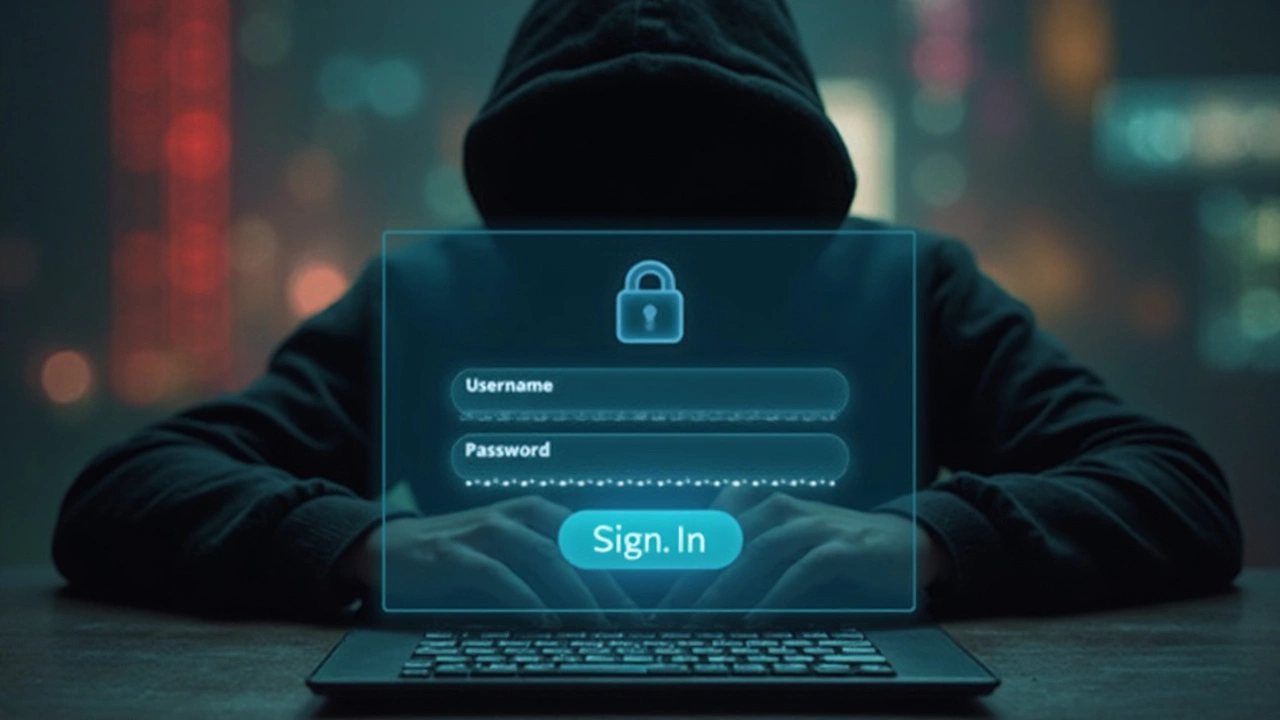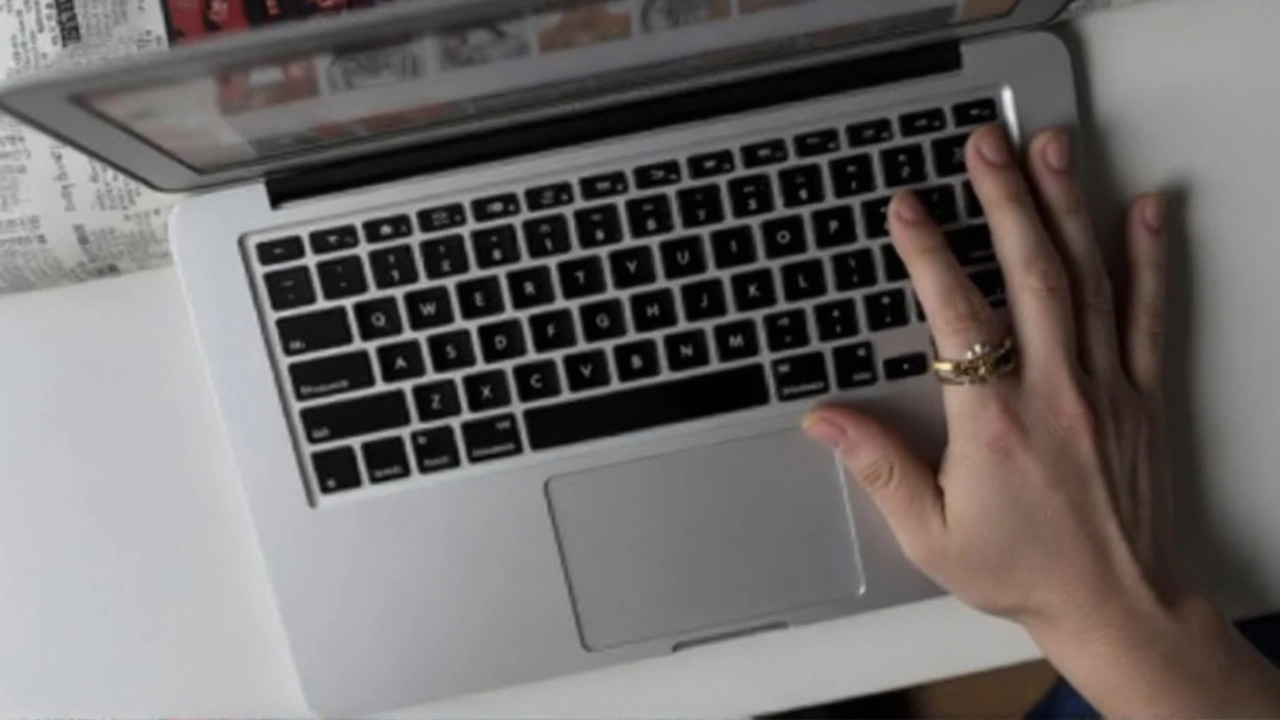16 Billion Passwords Out in the Open: The Scale of the Leak
The internet just got a lot riskier. Cybersecurity researchers uncovered a sweeping data breach where leaked passwords—over 16 billion of them—are now floating around the dark web. We're not talking minor sites here; the leak includes login credentials from the likes of Apple, Google, Facebook, Telegram, and even sensitive government domains. This isn't just a handful of accounts. This is massive.
Cybernews, a well-known research group, dug into the mess and found that the records came from 30 separate data dumps, collected through sophisticated malware known as infostealers. These bits of code sneak into infected devices and silently skim usernames and passwords as you log in. The stolen data is strangely organized, pairing each password with full URLs so cybercriminals can easily see where each login works. Even though there are some overlaps between dumps, these billions of entries mean a real chance your information is in there somewhere.

How to Tell If Your Password Is at Risk
The scary part? It's tough to know if you've been caught in this dragnet until something goes wrong. But some digital triage is possible. Data Doctors, a group that helps regular folks untangle online problems, put together steps you can take to figure out if you're exposed—and what to do about it.
- Check your exposure: First up, use websites like Have I Been Pwned. Pop in your email address, and you'll see if it pops up in any known breaches. It takes seconds to get that peace of mind—or a wake-up call.
- Monitor the dark web: Some security services offer ongoing scans, alerting you if your email or password shows up on hacker forums. It's like having a neighborhood watch for your online identity.
- Change your passwords: If your data's out there, don't wait. Go straight to your most important accounts—banking, email, social, shopping—and reset those passwords. Make them unique and way stronger than your dog's name and birth year.
- Turn on multi-factor authentication (MFA): Even if hackers have your password, MFA forces them to get through another checkpoint, like a text code or app notification. It’s a game-changer for stopping them in their tracks.
This wave of stolen credentials is tailor-made for phishing campaigns and mass account hijacks. With a list this big, attackers can easily blast out fake emails that look eerily legitimate. If something strange lands in your inbox—maybe a password reset request, or a friend claiming to need help—double-check before clicking anything.
The tools and advice are out there, but it comes down to actually using them. The barrier to better security is low, especially with free resources that can put your mind at ease. These days, a strong password and a bit of caution are worth more than ever.

Write a comment